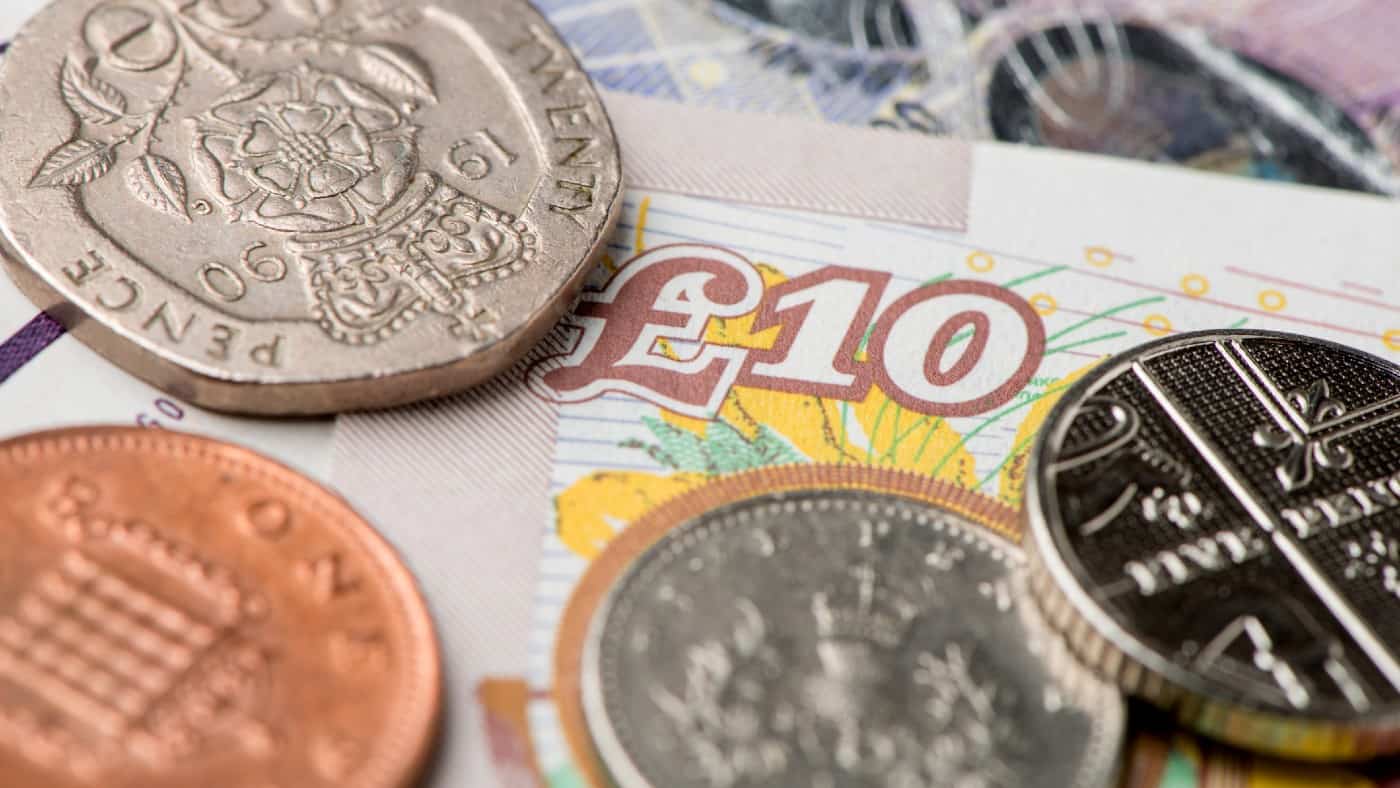Earning a substantial second income by investing in the stock market is a goal shared by investors around the world. But what about achieving it after starting with an empty ISA?
While the prospect of building a reliable passive income from scratch might seem daunting, it’s entirely possible for me to achieve. That’s as long as I’m willing to embrace a long-term investment horizon and implement an appropriate strategy.
The merits of investing inside an ISA
ISAs offer a remarkable opportunity for wealth growth. First and foremost, they provide a tax-efficient environment where any capital gains and income generated from investments are shielded from taxation. This enables investors like me to maximise returns in the long run.
Please note that tax treatment depends on the individual circumstances of each client and may be subject to change in future. The content in this article is provided for information purposes only. It is not intended to be, neither does it constitute, any form of tax advice. Readers are responsible for carrying out their own due diligence and for obtaining professional advice before making any investment decisions.
In addition, ISAs offer a wide range of investment options ranging from stocks and bonds to mutual funds. Consequently, there are plenty of ways investors can diversify their portfolio and manage risk effectively.
Targeting high-yield income stocks
But to work towards achieving a second income worth £500 a month, I’d focus on buying stocks inside my ISA. Specifically, I’d look to construct a portfolio consisting of a diversified basket of dividend shares.
By targeting high-yield stocks, my aim is to receive passive income in the form of dividend payments. Furthermore, by reinvesting all my dividend income at the beginning of my journey, I’d benefit from the miracle of compound returns.
This will enable me to grow my portfolio exponentially over the years, thereby enabling me to earn substantial dividend income further down the line.
To illustrate, let’s say I manage to achieve an average yield of 7%, which I could work towards at the moment by investing in companies such as Legal & General (8.9% yield), Aviva (7.6% yield), and Rio Tinto (8.2% yield).
After investing £600 a month for nine years, I’d have an ISA worth around £88,000. From here, assuming I could still manage that 7% average yield, my ISA would be capable of generating a tax-free second income amounting to £6,160 each year. This translates into just over £500 per month in dividend income.
The importance of a long-term investment horizon
I’ve made all of that seem rather straightforward, but it’s contingent on a lot of things going right. For starters, dividends are never guaranteed by any company.
All it takes is an unexpected economic downturn for earnings to take a hit. When this happens, companies have less cash to pay out to shareholders, causing them to cut or even suspend dividends.
Inevitably, this would harm my path to achieving a reliable and substantial passive income stream. Nonetheless, I can go a long way towards mitigating these risks by embracing a long-term investment horizon.
Doing so will help me ride out market fluctuations and avoid making impulsive decisions during downturns. After all, by holding onto my investments even during stock market crashes, I’ll have the potential to recover losses and benefit from the market’s natural upward trajectory in the long run.








